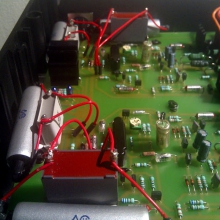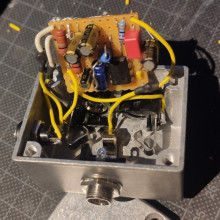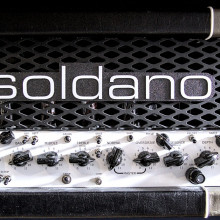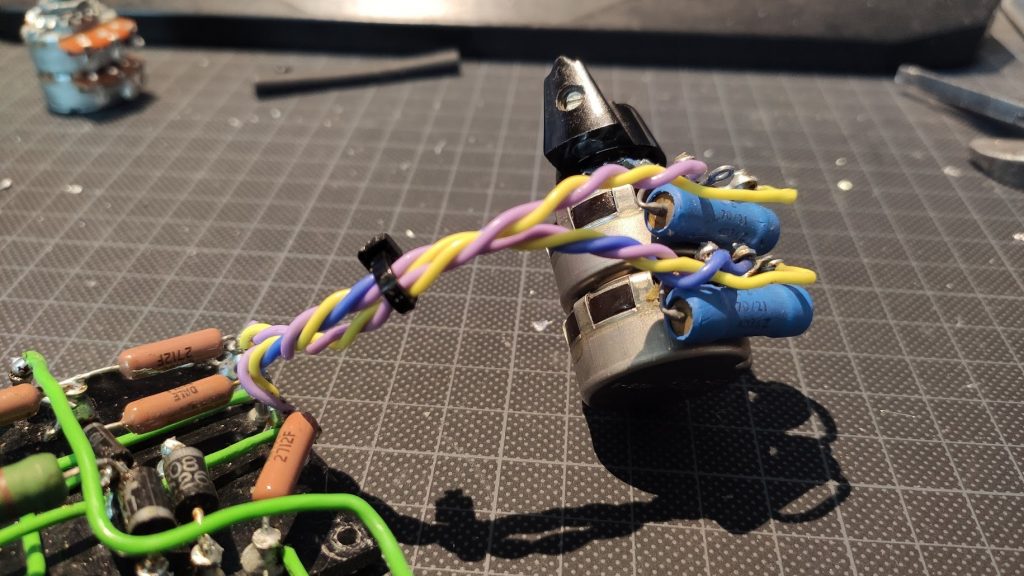Here you’ll find a collection of things that I do, make, say and think. A collection of projects I publshare on other sites online. Including; custom built and designed guitar or Hi-Fi amplifiers and effects, custom PC servers, and rescued, upcycled hardware. Simply a central place to collect what I’m doing with some of my a creative rest at any given time.
If you are in search for my professional information go to >JohannesJohansson.com<
For multiple ways to contact me this >linktree< makes it easy.
Categories
- DIY (23)
- DIY Audio (12)
- DIY Computation (7)
- DIY Misc (5)
Random Posts
-

Restomod Car: 3 GTE Digital Dash start
Digital dash, yes you saw right there is a digital dash available (from an Opel GTE) for this 90’s car, here I will heavily modify […]
-

Easy Naim Hifi poweramp upgrades
Why these mods work is quite simple, even very expensive hifi-gear tend to use cheap sonically bad components where size is an issue. With some […]
-

Dumble Overdrive Special: 3 Mods
Doing a copy of an amp can be a good learning experience, modifying it to suit your needs and taste, however, can be the really […]
-

Cat tree
Say you want a cat tree on your balcony, buying one covered in fluff, like most are, is clearly a bad idea. Tossing something together […]
-

Guitar rebuild: 1 onboard preamps & hardware
From 70’s hard rock, to a credible metal guitar this one started its life 1982 in Japan, built in the great Matsumoku shop. Known for […]





Silence your Guitar Amp – Variable Voltage Regulator
Guitarists often find themselves in love with their amps, playing an electric guitar a lot of the time what’s making up your sound is found far down the chain from your actual strings. And here comes the problem, the best guitar amps are using tubes for amplification, as is common in hifi-gear and can as such be quite unruly, not to mention the best sounding ones are hardly made to play in a house but rather at large stages. There have been many attempts through the years to make these big powerful heavy amplifiers work in small spaces.
A solution with a variable voltage regulator, allow the preamp portion of the amplification to act on high voltages, while the output tubes output transformer and phase inverter gets scaled down in parallel. In the vast amount of modern music guitar amps this best retains the guitar sound at lower volumes.
Here I also manged to find a 1Meg Clarostat potentiometer, exceedingly rare a 2w sealed conductive plastic pot, matching the most ideal pots used in many a high-gain ampls. They are also comon in some old very high priced Hi-Fi gear and in older professional electronic equiment. (in truth it took me years before identiying a source for these, and in these values) On the other side we see mosfets varying voltage to the amp, teh NTE2973 mosfet is becoming rare and alternatives exists that are also easier to come by in europe (this part can in som instances not be exported from the us using the regular soruces like ‘mouser’ for instance.)
On the other side we see mosfets varying voltage to the amp, teh NTE2973 mosfet is becoming rare and alternatives exists that are also easier to come by in europe (this part can in som instances not be exported from the us using the regular soruces like ‘mouser’ for instance.)
This is an example in a Soldano 100 would look like this, with the colored section including changes, grey have some unrelated added tweaks.
But why do this? Well, most of the best sounding guitar amps, depending on genre, are made to fill very large venues, and those are generally, by far, the best sounding ones. Since we are talking about very crude early 50-60’s technology, they are hard to handle and while the main volume setting goes from 0 to 10 (or 11), many gets out of hand even for a small rehearsal space at 1.1, others only start sounding, good or, how they are supposed to at 3-5, while 1 is already to loud. Imagine getting this to work in a home setting, however with a VVR when power-amp distortion is not of interest, with this you can now use them even in a home-office..